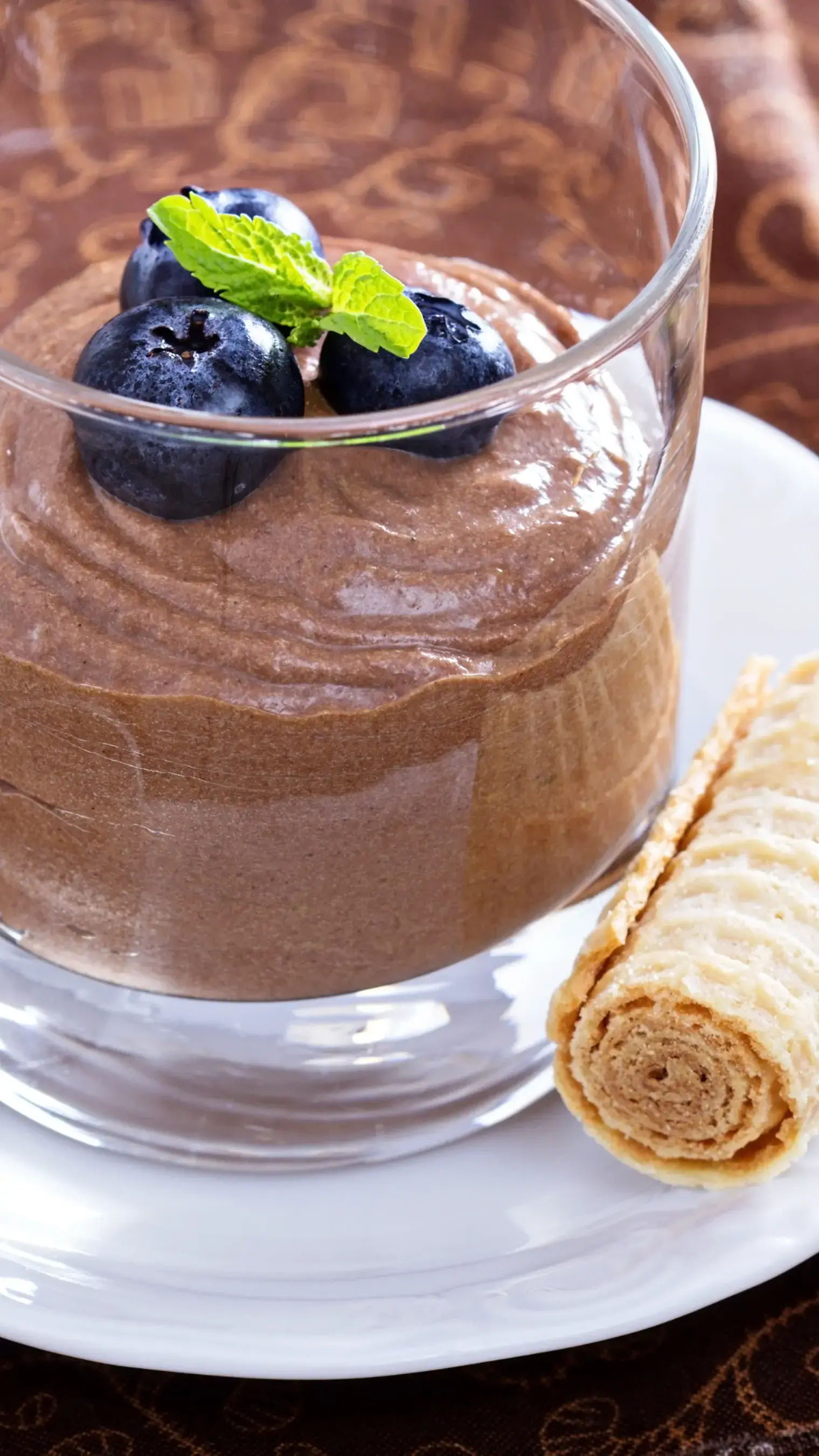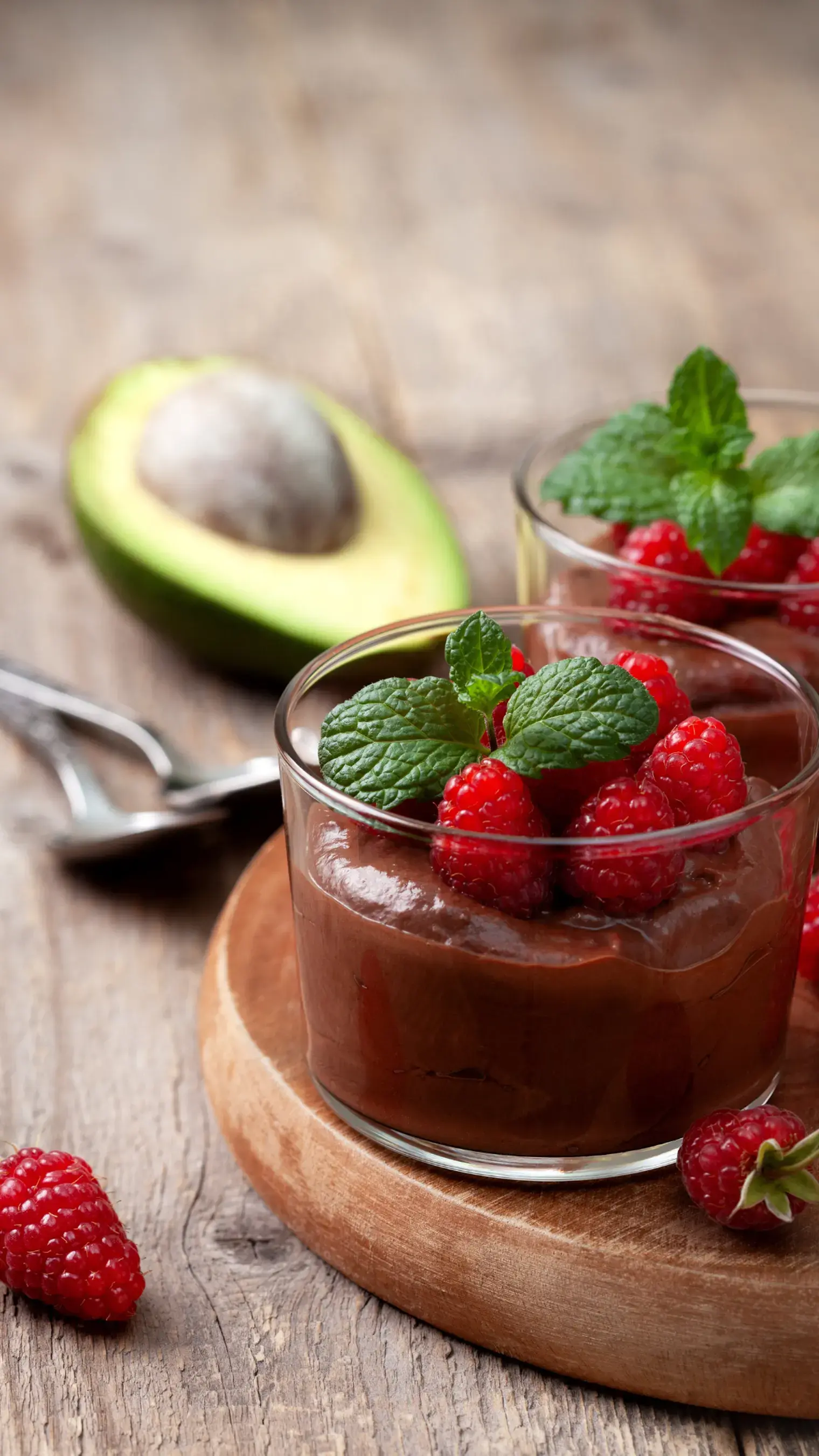Everything you need to know about popular baking supplies, tools and tips to kickstart your Christmas is right here.

Everything you need to know about popular baking supplies, tools and tips to kickstart your Christmas is right here.
Many of us have been awaiting Christmas all year long. It's almost here. However, it also requires a lot of planning. In addition to visiting family and shopping, there is an excessive amount of baking to be done. With the help of our helpful Christmas Baking Beginner’s Guide, which is brimming with perfect advice on everything from equipment to supplies to baking techniques, and delivering treats to loved ones, you can make baking a bit less daunting.
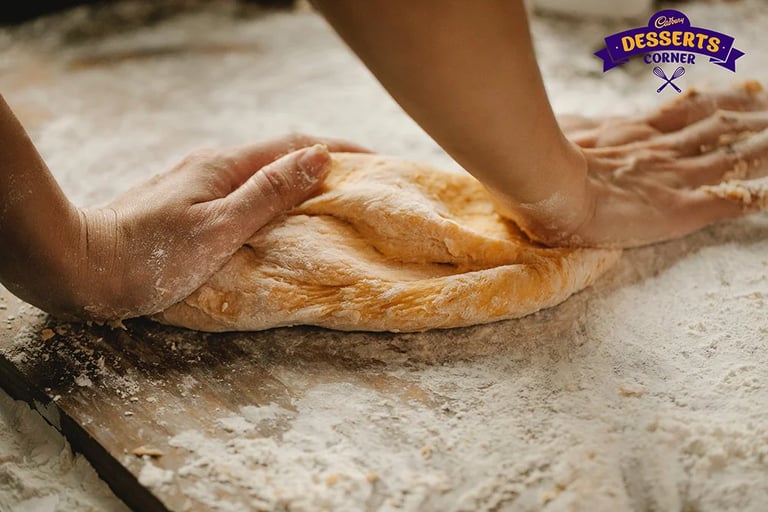
Common Baking Ingredients
Pantry Staples
Flour: Flour comes in a variety of types, such as whole wheat flour, gluten-free flour, self-rising flour, cake flour, bread flour, and all-purpose flour. Their functions and protein content differ.
Granulated sugar: Although granulated sugar comes in a variety of forms, including coconut sugar, date sugar, stevia, etc., the term "typical granulated sugar" is sometimes used to refer to cane sugar or white sugar.
Brown sugar: Similar to white sugar, brown sugar is frequently granulated, but it also contains molasses for a richer flavor and color.
Confectioners’ sugar: Finely ground confectioner's sugar is frequently used to create delicate frostings and meringues, as well as to finish baked items.
Baking Soda: Baking soda has an array of uses. Its flavor, which is a combination of salt and bitterness, helps many baked foods rise when combined with baking powder.
Mondelez Royal Baking Powder: It is a leavening agent that aids in the rising and formation of structure in baked products.
Cadbury Cocoa Powder: To add a chocolatey taste to baked items and garnishes, use Cadbury Cocoa Powder from the house of Mondelez. The majority of recipes use unsweetened Cadbury Cocoa Powder.
Oil: To prevent baked products from sticking to pans and to maintain their moisture content, recipes call for the addition of vegetable, coconut, avocado, and olive oils.
Yeast: Yeast aids in the typical shape-reaching of breads, cakes, and other pastries.
Vanilla extract: Well, what’s most of baking without some good old vanilla extract? In practically every recipe, stronger vanilla bean paste can be used in lieu of vanilla extract, which lends items a fragrant, vanilla base.
Nuts: Hazelnuts, pistachios, pecans, and walnuts are among the nuts that are frequently used in Christmas baking. So, make the most of them.
Salt:While most recipes call for finely ground salt to balance taste, others may require a flakey finishing salt to offer texture and a blast of flavor to temper sweetness.
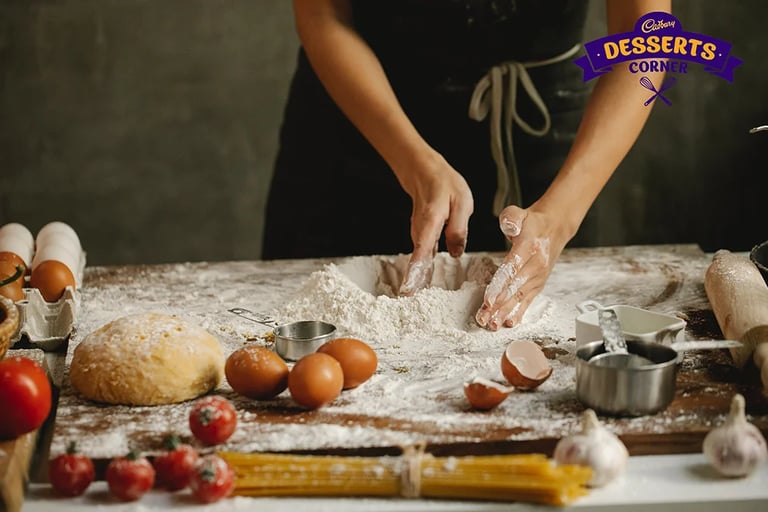
Refrigerator Staples
Butter: Butter improves taste, adds structure to pastries and cakes, and keeps baked goods moist and supple, among its numerous uses. Mostly, it is used as an important ingredient at room temperature only. To do so, pour hot water into a dish or cup that is empty, then let the butter stay in the water for a few minutes to rewarm. After the vessel is heated, remove the water and place the butter inside the heated cup. Cover the cup with a lid or a thick towel and let it sit for a few minutes.
Milk: In baking recipes, whole milk helps ensure consistent browning and improves taste. Milk may be reheated to room temperature by warming it in the microwave for ten seconds at a time on the lowest power level.
Eggs: Large eggs are needed for most baking recipes. Herein, the color of the shell usually doesn't matter. If cold, place eggs in a dish of warm (not hot) water and let sit for about five minutes to thaw.
Mondelez Dream Whip: Rich, creamy desserts, fluffy frostings, and baked treat toppers are all made using Mondelez’ Dream Whip – Whipped Topping Mix.
But how does one actually choose the right baking ingredients from this humongous list, you ask? Fret not and read on to know the ‘how’.
Butter vs Oils: Both of these ingredients are sources of fat and needed in some quantity for that perfectly baked texture. However, a baked item made using butter will often be softer and have a richer taste. Any neutrally flavored oil, such as vegetable, avocado, or coconut oil, may be used in most recipes. Remember that certain oils are more flavorful than others when choosing which one to use.
All Purpose Flour vs Specialty Flour: Usually, recipes will specify when to use all-purpose flour instead of some flour with more specific uses. Cake recipes could call for cake flour, bread recipes might call for bread flour, or vice versa. If you don't have a certain kind of wheat flour on hand, you may always use all-purpose, but the finished product's texture can be affected.
Granulated vs Confectioners’ Sugar: Confectioners’ sugar is usually used as a finishing touch for baked products or to make delicate or light frostings and glazes. It melts more quickly than sugar crystals. Granulated sugar, on the other hand, is usually added to the mixture to sweeten baked items because of its coarser crystal.
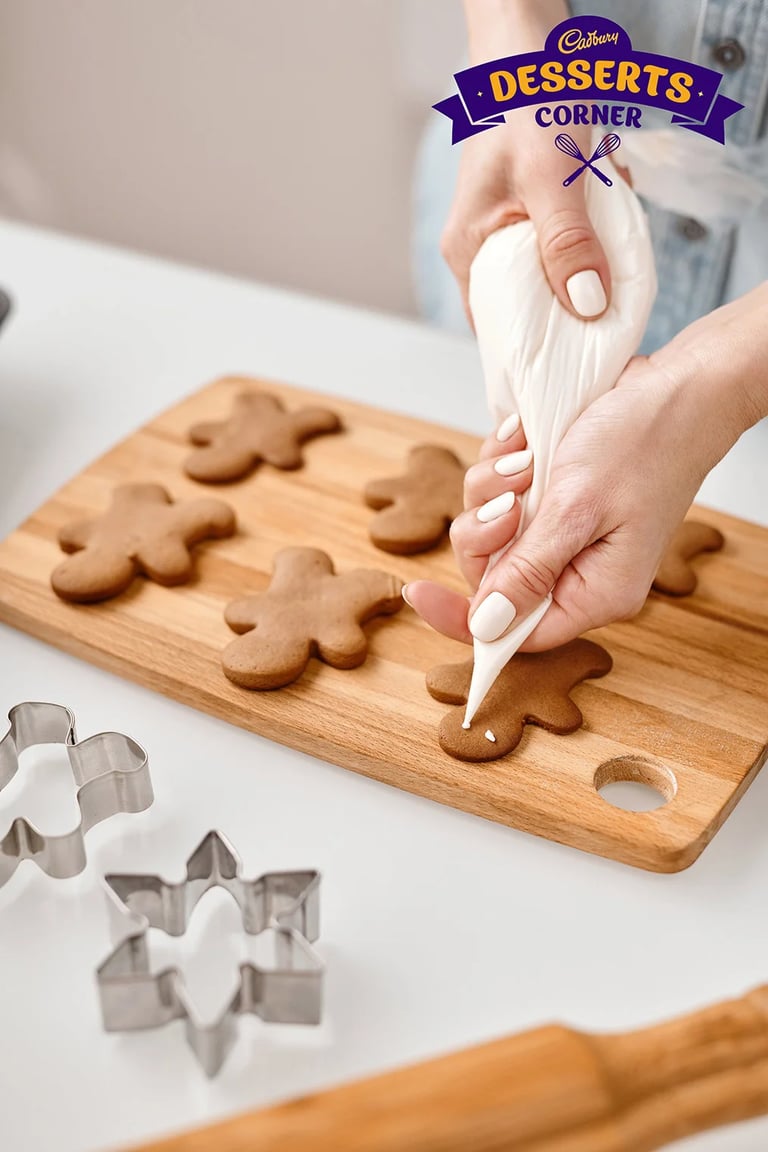
Baking Tools and Appliances
Here’s a quick guide to get you acquainted with some basic baking tools and commonly used appliances.
Measuring cups: To measure dry ingredients, a variety of sized measuring cups and spoons are utilized. A measuring cup designed for measuring wet ingredients is called a liquid measuring cup.
Measuring spoons: Measuring spoons, which usually come in sizes ranging from ⅛ teaspoon to a tablespoon, are also used to measure wet and dry components.
Mixing bowls: Mixing materials, dealing with doughs, and other tasks are done in mixing bowls. A few various-sized mixing bowls are essential for each baker.
Hand mixer and stand mixer: Hand mixers and stand mixers are employed for mixing substances. They could also come with a number of attachments to help in kneading, mixing, and whisking ingredients.
Bakeware
Here you go with some of the common bakeware items:
Sheet Pan: A rectangular pan that is flat and has short edges that is utilized for baking baked products such as pastries and cookies is called a sheet pan.
Loaf Pan: Rectangular loaf pans with raised edges are used to form and bake bread and loaf cakes.
Like This Article?
More Like This
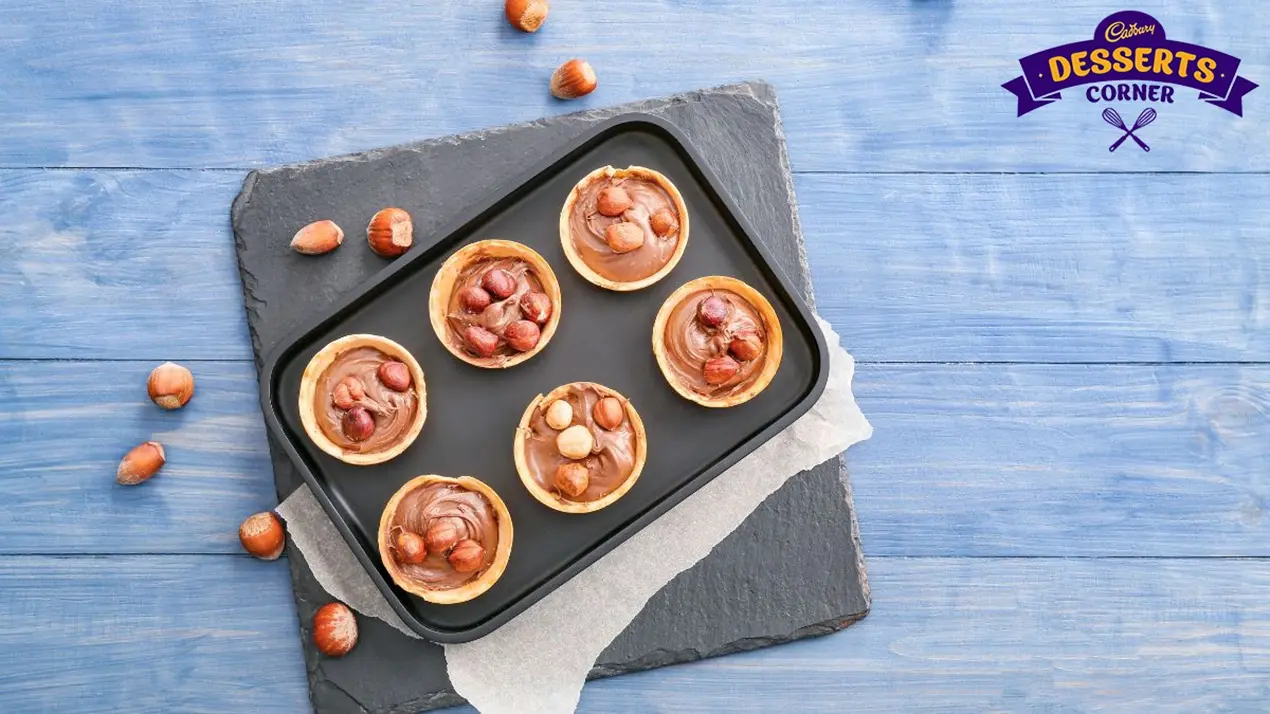
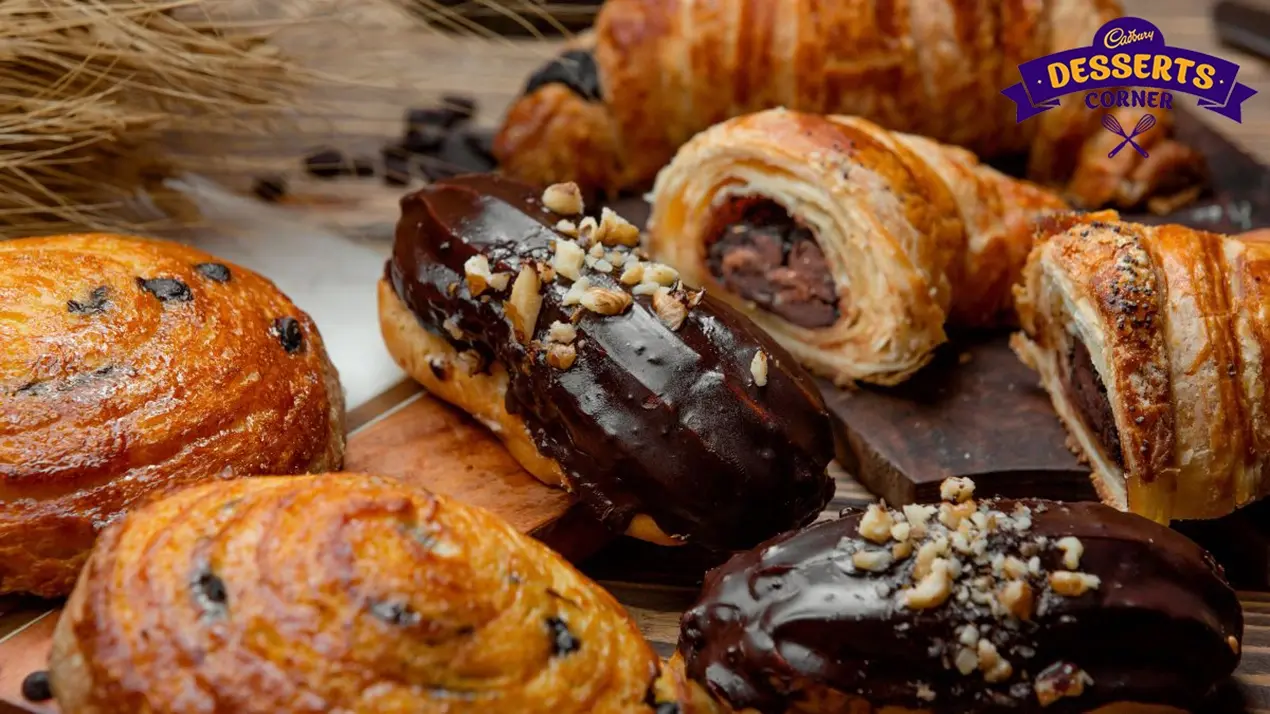

Popular Articles




Trending Web Stories
Curated Recipes



















